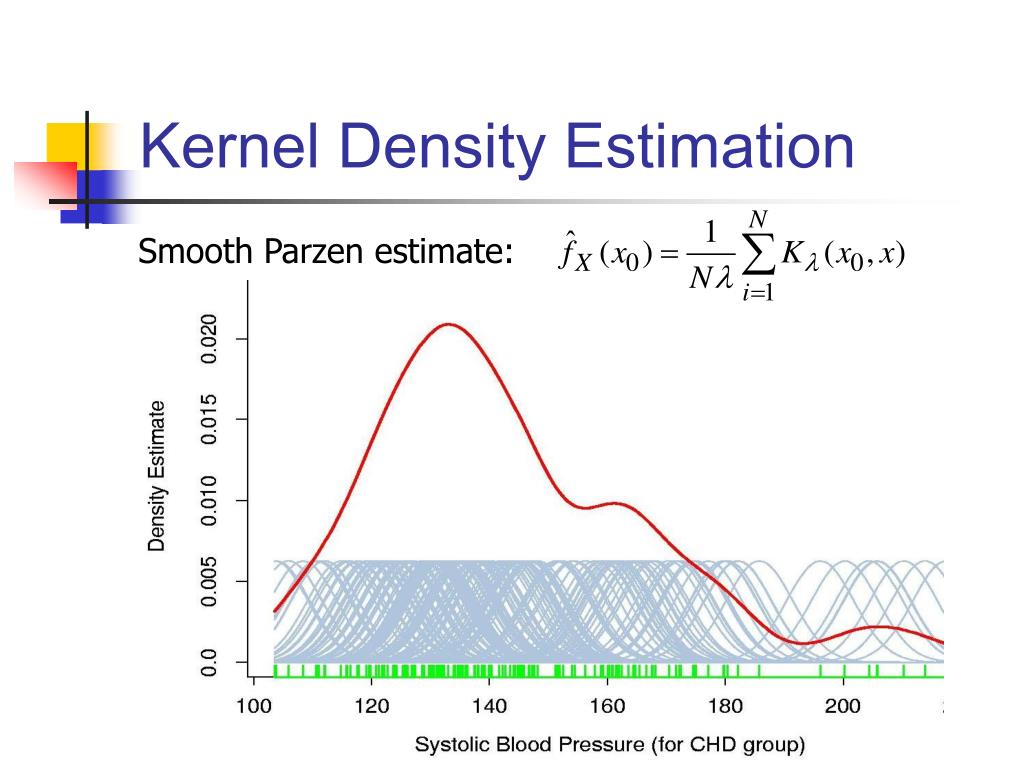

Similarly, to have the density units of your output in miles per square mile, set the area units to Square miles. To set the density to meters per square meter (instead of the default kilometers per square kilometer), set the area units to Square meters. You can control the density units for both point and line features by manually selecting the appropriate factor. The end result, comparing a unit scale factor of meters to kilometers, will be the density values being different by a multiplier of 1,000. For example, if the input units are meters, the output area units will default to Square kilometers and the resulting line density units will convert to kilometers per square kilometer. When an output Area units factor is specified, it converts the units of both length and area. The contribution of the line segment to density is equal to the value of the kernel surface at the raster cell center.īy default, a unit is selected based on the linear unit of the projection definition of the input polyline feature data or as otherwise specified in the Output Coordinate System environment setting. The illustration above shows a line segment and the kernel surface fitted over it. A line segment and the kernel surface fitted over it are shown. The use of the kernel function for lines is adapted from the quartic kernel function for point densities as described in Silverman (1986, p. The density at each output raster cell is calculated by adding the values of all the kernel surfaces where they overlay the raster cell center. The surface is defined so the volume under the surface equals the product of line length and the Population field value. Its value is greatest on the line and diminishes as you move away from the line, reaching zero at the specified Search radius distance from the line. Kernel Density can also calculate the density of linear features in the neighborhood of each output raster cell.Ĭonceptually, a smoothly curved surface is fitted over each line. The end result of comparing a unit scale factor of meters to kilometers will result in the values being different by a multiplier of 1,000,000 (1,000 meters × 1,000 meters). For example, if the input units are meters, the output area units will default to Square kilometers. If an output Area units factor is selected, the calculated density for the cell is multiplied by the appropriate factor before it is written to the output raster. The values can be integer or floating point.īy default, a unit is selected based on the linear unit of the projection definition of the input point feature data or as otherwise specified in the Output Coordinate System environment setting. For example, a value of 3 will cause the point to be counted as three points. If a population field setting other than NONE is used, each item's value determines the number of times to count the point. The kernel function is based on the quartic kernel function described in Silverman (1986, p.

The volume under the surface equals the Population field value for the point, or 1 if NONE is specified. Only a circular neighborhood is possible. The surface value is highest at the location of the point and diminishes with increasing distance from the point, reaching zero at the Search radius distance from the point. Kernel Density calculates the density of point features around each output raster cell.Ĭonceptually, a smoothly curved surface is fitted over each point. Kernel density is calculated differently for different features. For line features, a divided highway may have more impact than a narrow dirt road. For example, one address might represent a condominium with six units, or some crimes might be weighted more heavily than others in determining overall crime levels. The population field can be used to weight some features more heavily than others or allow one point to represent several observations. Possible uses include analyzing density of housing or occurrences of crime for community planning purposes or exploring how roads or utility lines influence wildlife habitat. It can be calculated for both point and line features. The Kernel Density tool calculates the density of features in a neighborhood around those features. How barrier affects the density calculation.Formulas for calculating Kernel Density.


 0 kommentar(er)
0 kommentar(er)
